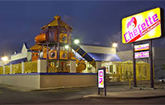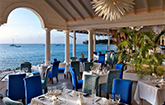|
The Animal Flower CaveWelcome to the island's only accessible sea-cave. Discovered in 1780 by two English explorers, the Animal Flower Cave has since then grown to be one of the many attractions found in Barbados. A group of guides take visitors into the cave for a minimal fee. Located at the northern tip of Barbados in the rugged parish of St. Lucy, the Animal Flower Cave is known for its famous sea anemones found in the pools of the cave, hence the name Animal Flower Cave. These flowers intrigue visitors to the cave as they often disappear into their stalks when feeling threatened in their own environment.
The cave offers openings to the sea that aid in some of the most spectacular views to the ocean and on calm days visitors can easily take a swim into the natural pool. It is estimated that the coral floor of the cave is some 400,000 to 500,000 years old with the younger coral section above the floor approximating about 126,000 years old. A German Geographical Institute was responsible for undertaking the task of this dating and evidence of such can be seen in the A-framed bar and restaurant on the premises of the cave. This restaurant was originally opened in 1961 as a cottage but in 1970 was converted to a business. Though this amazing cave was formed at sea level, it now stands approximately six feet above the high tide mark due to the fact that Barbados is rising about 1 inch per 1,000 years. This in itself, gives a clear indication of the cave's age.
|
Your Ultimate Guide To Barbados
There are so many things to do and see here in Barbados!
View all of our best tours and start your adventure today!
Barbados Pocket Guide
Welcome to the Barbados Pocket Guide, a comprehensive source of information about our island, it's people, culture and life in general. We also have tons of information on places to stay, flights, car hire and tours of the island, all here! Enjoy visiting our site and please feel free to write a comment or send us a message directly with articles you think we need to add.
Things To Do!

Island Safari
Island Safari offers a unique jeep safari experience on our zebra striped, specially designed 4x4 jeeps. Climb on board our comfortable cabs and let us show you what the others leave out, specifically the most scenic locations of the island by travelling on and off the beaten track.
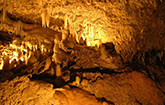
Harrison's Cave
Explore Barbados' underground! At the heart of the island lies a great geological wonder, the magnificent Harrison's Cave. Admire the crystallized, limestone cave, its flowing streams, deep pools and towering columns as you travel by tram or get up close and personal with the Eco-Adventure Tour.

Catamaran Cruise
Lay back, relax and sunbathe as you sail across the calm Caribbean Sea. Explore the crystal clear waters as you swim and snorkel with the tropical fish and majestic turtles. Then, enjoy a scrumptious lunch as you admire the beautiful rolling coastline and sparkling water.

Mount Gay Visitor Centre
Make a stop at the world renowned Mount Gay Rum Distillery and discover the secrets behind Barbados’ finest and most celebrated spirit, in the island where rum was invented! Witness the history of Mount Gay as you journey with them through their rich heritage, proven artisanship and unique taste.
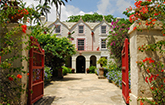
SunTours Special
Grab the SunTours Special with SunTours Barbados and see all the most popular spots in Barbados! Immerse yourself in the interesting history of this island, view the most picturesque scenes and enjoy a delicious Bajan style lunch at a well favoured local spot.
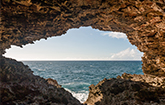
Animal Flower Cave
The colourful walls and the fascinating sea anemones at the Animal Flower Cave draw a crowd, but the amazing pools, some of which are deep enough to swim in, are the real attraction. While here, take a stroll over to the cliffs to feel the refreshing sea breeze and take in the stunning seascape.

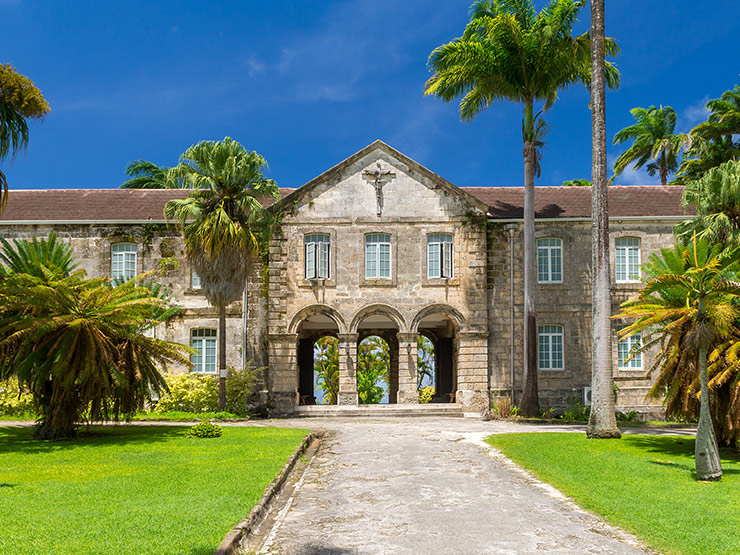

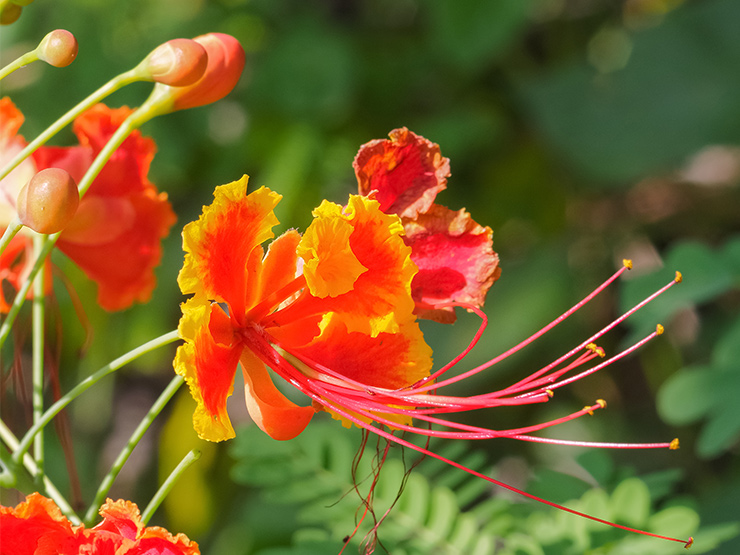
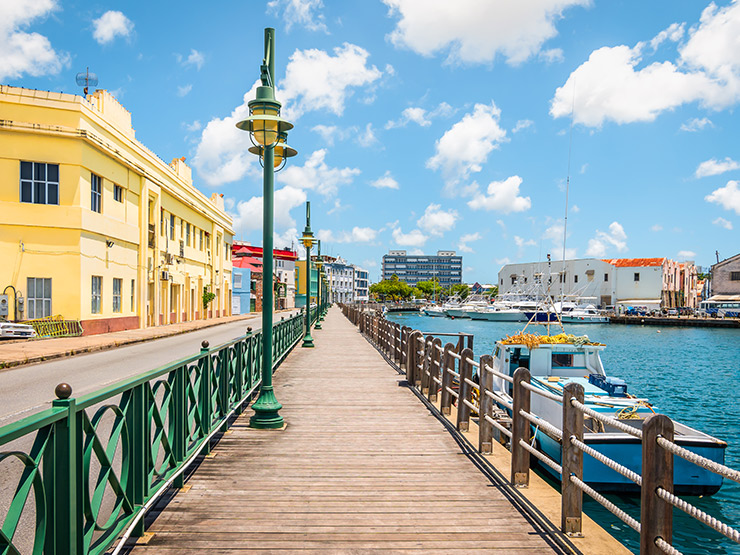


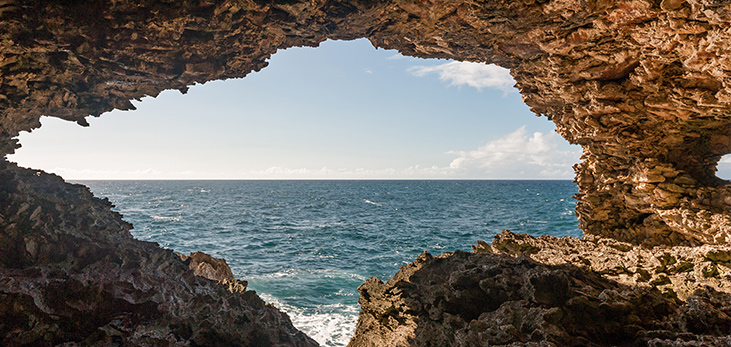
 The entrance to this cave is made possible by huge coral stone steps that lead down to the base of the cliffs. Built in 1912, the historic steps act as a surviving trace of dancehall days gone by when the people of Barbados would visit by way of horse and buggy on weekends to get way from it all and enjoy the relaxing ambience of the seaside.
The entrance to this cave is made possible by huge coral stone steps that lead down to the base of the cliffs. Built in 1912, the historic steps act as a surviving trace of dancehall days gone by when the people of Barbados would visit by way of horse and buggy on weekends to get way from it all and enjoy the relaxing ambience of the seaside.
